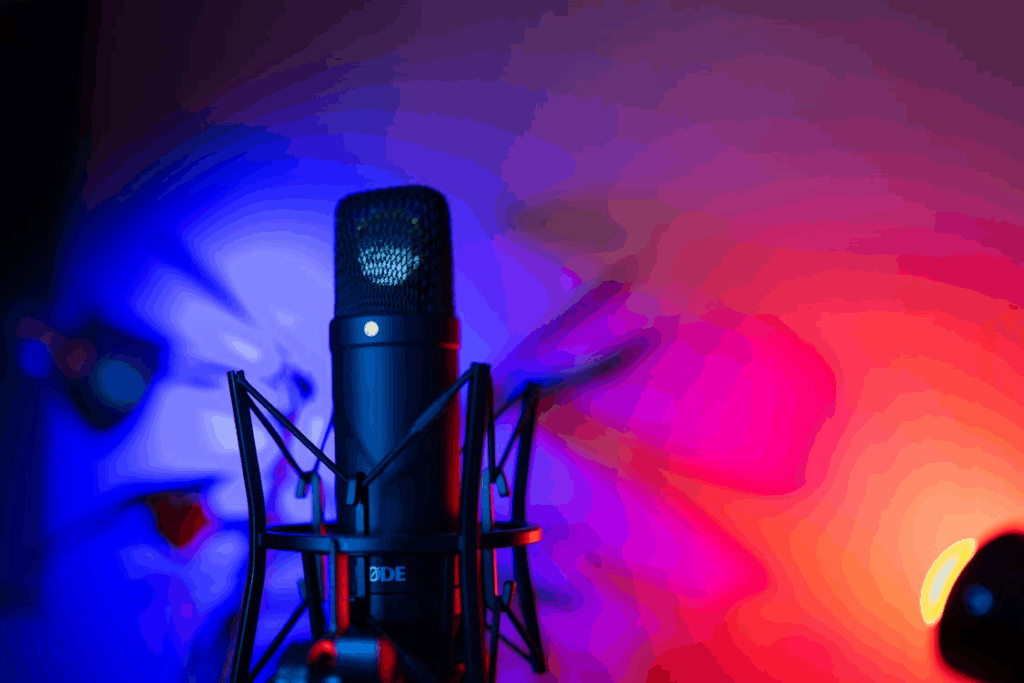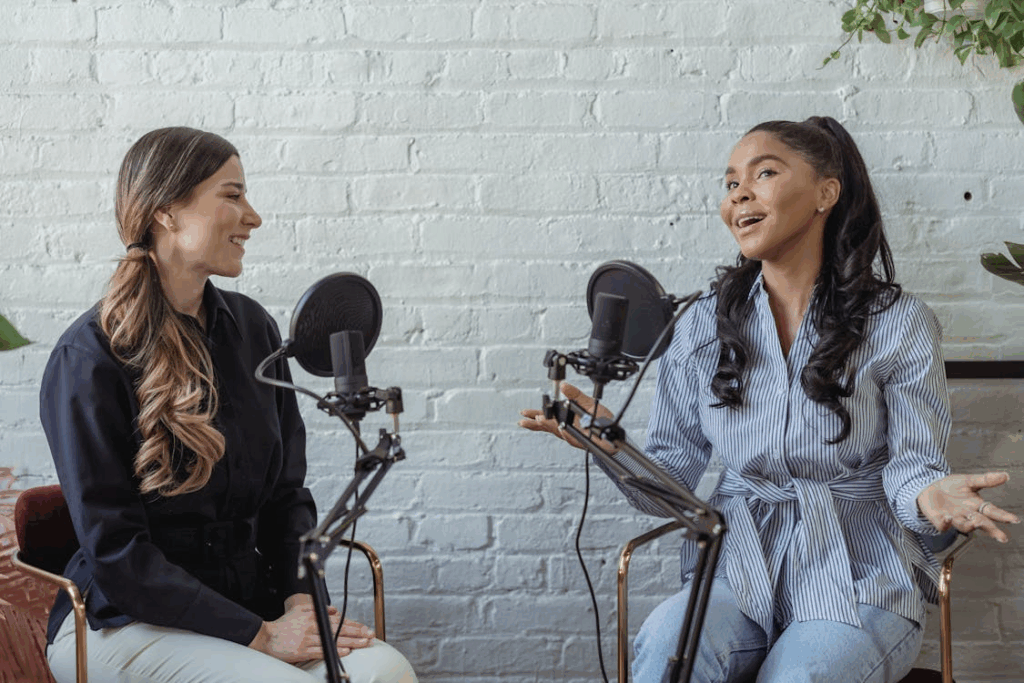In a world of instant downloads and digital everything, analog hobbies are making a quiet yet powerful return. Film cameras, vinyl records, and handwritten notebooks, which were once considered obsolete, are now symbols of authenticity and mindfulness.
Analog activities reconnect us with patience, texture, and process. Their resurgence isn’t just nostalgia; it’s a cultural response to the overstimulation and speed of modern life. They remind us that creativity and enjoyment don’t have to be optimized for efficiency. Plus, they can be savored, imperfect, and beautifully human.
Why We’re Returning to the Tangible
Your brain craves sensory feedback. A camera shutter clicks, paper warms under a pen, and vinyl crackles—each delivers a physical experience digital media can’t match. Cognitive psychology studies show that tactile engagement boosts memory and satisfaction. Put your hands to work and your brain pays attention.
The analog comeback also invites us to slow down. Digital platforms chase instant gratification; analog hobbies practice patience. You wait for film to develop, flip a record, and turn a page in a notebook. That slower rhythm restores focus and appreciation—qualities fast-scroll culture erodes. You set a pace that honors craft over speed.
No surprise: younger generations raised on screens lead this analog revival. Many treat it as rebellion against digital fatigue. By choosing film, records, and notebooks, they reclaim presence in an always-on world. They seek meaning in the tangible and agency in the process.
Check out The Psychology of Nostalgia Marketing for why tangible cues feel so meaningful.
The Emotional Pull of the Physical World
Analog hobbies offer something digital life rarely does: permanence. A handwritten note ages, a photo fades, and a vinyl record gathers subtle imperfections with each play. These traces of time make the experience personal and irreplaceable.
Neuroscientists suggest that nostalgia, which is the emotional connection to tangible objects, releases dopamine and oxytocin, fostering comfort and connection. Writing in a journal or playing records can become small rituals that ground us emotionally.
There’s also creative liberation in analog tools. Without the undo button or algorithmic suggestions, you’re forced to trust your instincts. The imperfections become part of the art, teaching you to value process over polish.
For a steady, low-tech habit that boosts clarity, try Journaling for Clarity and Creativity.
Easy Ways to Reconnect With Analog Joy
You don’t need to overhaul your lifestyle to rediscover analog pleasure. Start small:
- Keep a notebook by your desk. Use it for ideas, sketches, or reflections away from screens.
- Try instant or film photography. The anticipation of developing photos adds excitement that digital shots can’t match.
- Play physical music. Whether vinyl, cassette, or CD, handling music physically creates a deeper connection to sound.
- Write letters or postcards. It’s a mindful way to communicate that stands out in an inbox world.
Analog hobbies can coexist beautifully with digital tools. The goal isn’t rejection. It’s a balance. By choosing when to unplug, you give your senses and creativity room to breathe.
See Why Boredom Is Good for You, exploring unhurried moments to spark creativity.
The Return of the Human Touch
The analog comeback is more than a trend; it’s a reminder of what we’ve lost in our pursuit of convenience. It’s about slowing down enough to notice texture, rhythm, and imperfection, and finding meaning there.
Film, vinyl, and notebooks remind us that creation and connection don’t always need to be instant. Sometimes, the most fulfilling experiences are those that unfold over time.




